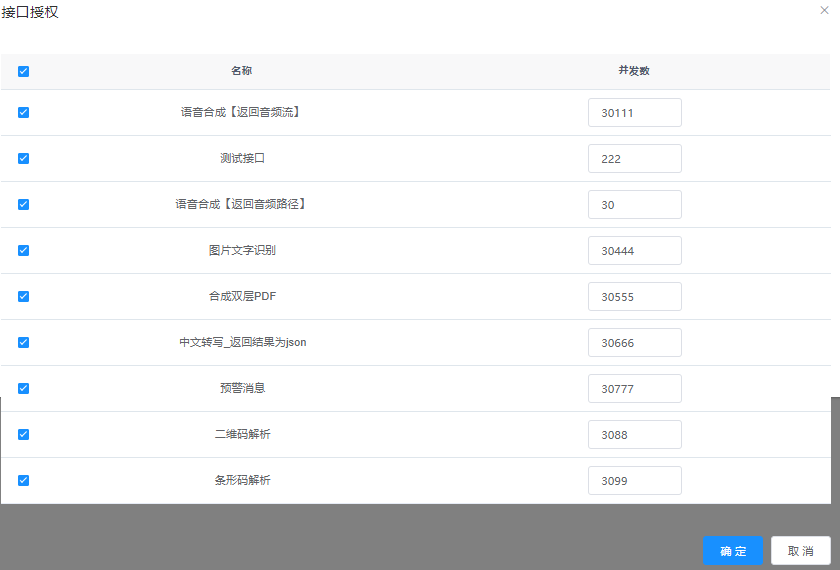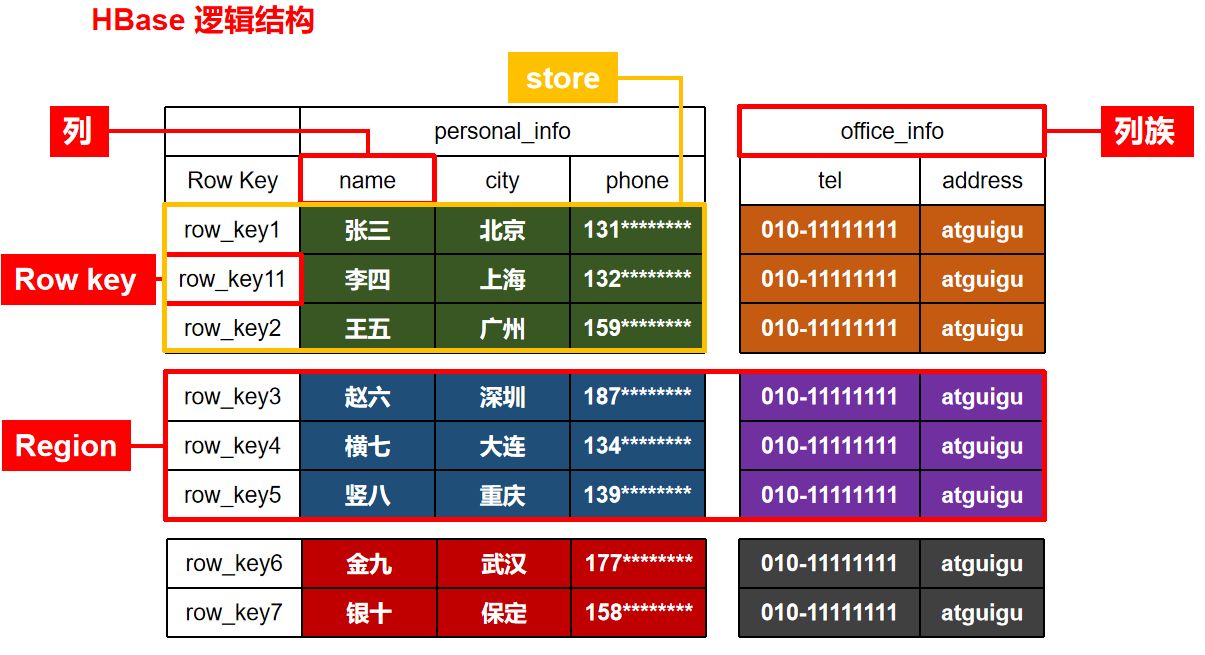多线程与单线程比较
给一个多行的txt文本文件,统计里面每个单词出现多少次(如下图)

单线程代码:
import java.io.BufferedReader;import java.io.FileNotFoundException;import java.io.FileReader;import java.io.IOException;import java.util.TreeMap;public class TestDemo {public static void main(String[] args) {FileReader fr = null;BufferedReader br = null;TreeMap<String, Integer> worldMap = new TreeMap<String, Integer>();long start = System.currentTimeMillis();try {fr = new FileReader("fos.txt");br = new BufferedReader(fr);String temp = "";int num = 0;//读取行数while ((temp = br.readLine()) != null) {num++;String[] splitStr = temp.trim().split(" ");for (int i = 0; i < splitStr.length; i++) {if (worldMap.containsKey(splitStr[i])) {//原Map中包含keyInteger count = worldMap.get(splitStr[i]) + 1;worldMap.put(splitStr[i], count);} else {//原map中不包含这个key(单词)worldMap.put(splitStr[i], 1);// System.out.println("不包含");}}}System.out.println("读取文件总行数:" + num);for (String key : worldMap.keySet()) {Integer wordNum = worldMap.get(key);System.out.println(key + "出现的次数为:" + wordNum);}long totalTime = System.currentTimeMillis() - start;System.out.println("程序运行时间:" + totalTime);} catch (FileNotFoundException e) {e.printStackTrace();} catch (IOException e) {e.printStackTrace();} finally {try {br.close();fr.close();} catch (IOException e) {e.printStackTrace();}}}}
运行结果:

多线程代码:
import java.util.HashMap;import java.util.Map;public class wordCount implements Runnable {String content = "";Map<String, Integer> map = new HashMap<>();public wordCount(String content) {this.content = content;}@Overridepublic void run() {String[] split = content.trim().split(" ");for (int i = 0; i < split.length; i++) {if (map.containsKey(split[i])){Integer value = map.get(split[i]) + 1;map.put(split[i],value);}else {map.put(split[i],1);}}}}import java.io.BufferedReader;import java.io.FileNotFoundException;import java.io.FileReader;import java.io.IOException;import java.util.HashMap;import java.util.Iterator;import java.util.Map;import java.util.Set;import java.util.concurrent.ExecutorService;import java.util.concurrent.Executors;public class wordCountTest {static Map<String, Map<String, Integer>> threadMAP = new HashMap<>();public static void main(String[] args) {long start = System.currentTimeMillis();FileReader fr = null;BufferedReader bf = null;int lineNum = 0;ExecutorService executorService = Executors.newCachedThreadPool();try {fr = new FileReader("fos.txt");bf = new BufferedReader(fr);StringBuffer listStrBuf = new StringBuffer("");String lineStr = "";// boolean tag = true;while ((lineStr = bf.readLine()) != null) {listStrBuf.append(lineStr + " ");lineNum++;if (lineNum % 100000 == 0) {wordCount wordCount = new wordCount(listStrBuf.toString());listStrBuf.delete(0, listStrBuf.length());Thread thread = new Thread(wordCount);// thread.start();executorService.execute(thread);threadMAP.put("thread-" + lineNum / 100000, wordCount.map);}}if (listStrBuf.toString().length() > 0) {wordCount wordCount = new wordCount(listStrBuf.toString());Thread thread = new Thread(wordCount);executorService.execute(thread);threadMAP.put("thread-last", wordCount.map);}System.out.println("文件总行数为:" + lineNum);executorService.shutdown();while (true) {if (executorService.isTerminated()) {Map<String, Integer> mapResult = new HashMap<>();// for (Map<String, Integer> tempMap : threadMAP.values()) {// System.out.println(tempMap.keySet());// }for (String key : //thread-1 thread-2 ....... thread-lastthreadMAP.keySet()) {Map<String, Integer> perThreadWorldNum = threadMAP.get(key);Set<String> perThreadWords = perThreadWorldNum.keySet();Iterator<String> iterator = perThreadWords.iterator();while (iterator.hasNext()) {String word = iterator.next();if (mapResult.containsKey(word)) {Integer wordsNum = perThreadWorldNum.get(word);Integer haveNum = mapResult.get(word);mapResult.put(word, wordsNum + haveNum);} else {mapResult.put(word, perThreadWorldNum.get(word));}}/*System.out.println(key);System.out.println(threadMAP.get(key).keySet());for (String word :threadMAP.get(key).keySet()) {System.out.print(word + ":" + threadMAP.get(key).get(word) + " ");}System.out.println();*/}Set<String> resultWords = mapResult.keySet();for (String word : resultWords) {System.out.println(word + " : " + mapResult.get(word));}break;}}} catch (FileNotFoundException e) {e.printStackTrace();} catch (IOException e) {e.printStackTrace();} finally {try {fr.close();bf.close();} catch (IOException e) {e.printStackTrace();}}long endTime = System.currentTimeMillis() - start;System.out.println("程序运行时长:" + endTime + "ms");}
运行结果:

总结:
两次运行结果比较:TXT文件总行数33082行,单线程运行时间39ms,多线程运行时间45ms
后面又测试了一个595476行的txt文件,单线程运行时间208ms,多线程运行时间182ms
所以说,并不是多线程运行的时间一定会比单线程运行的时间短。
但是,当文件比较大的时候多线程的优势就体现出来了。
单线程和多线程在选用的时候要看具体需求。



































还没有评论,来说两句吧...